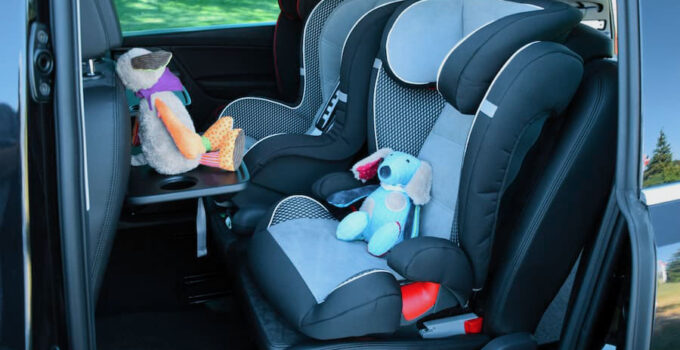Car seats are crucial for ensuring the safety of our little ones during car journeys. However, it’s important to remember that these safety devices have a limited lifespan. Over time, they can experience wear and tear, making them less effective in protecting children in the event of a collision. Additionally, advancements in technology and changes in safety standards mean that older car seats may not meet the latest safety requirements.
Page Contents
Understanding Car Lifespan: Importance and Guidelines
Its lifespan refers to the period during which it can provide optimal protection. Manufacturers determine this lifespan based on various factors, including the materials used, the durability of the seat, and the potential degradation of safety features over time and thus stating how long are car seats good for. It’s crucial to follow the manufacturer’s guidelines r
Manufacturer Recommendations: Decoding Expiration Dates
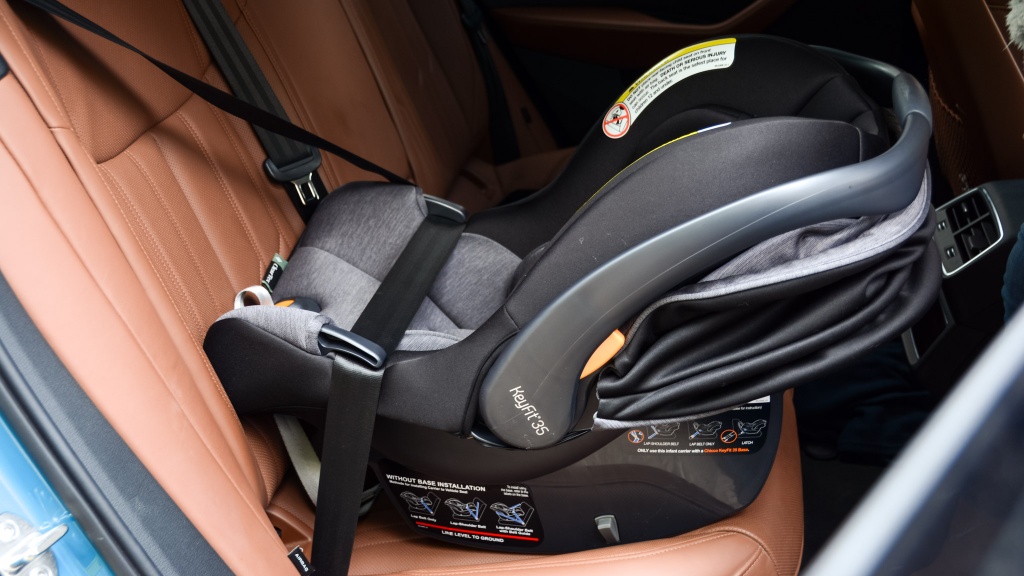
Source: babygearlab.com
Most models have expiration dates printed on them. These dates indicate the timeframe within which the manufacturer guarantees safety and effectiveness. Expiration dates typically range from six to ten years from the date of manufacture. It’s important to understand that these dates are not arbitrary but are determined based on extensive testing and research conducted by the manufacturers.
Wear and Tear, Accidents, and More
There are several factors that can significantly impact the lifespan of a car seat. Among these, wear and tear resulting from regular use is the most common culprit. The constant buckling and unbuckling, exposure to sunlight, and occasional spills can gradually deteriorate the structural integrity of the booster, potentially compromising its ability to provide optimal protection for your child. Moreover, it is crucial to recognize that even minor accidents can have a lasting impact on the safety of a car seat. While the damage may not be immediately visible, the structural components and safety features might have been compromised, rendering the seat less effective in future incidents. Therefore, it is imperative to thoroughly inspect the chair after any accident, regardless of its severity, and consider replacing it if there is any doubt about its safety.
Exceeding Weight and Height Limits: When to Upgrade
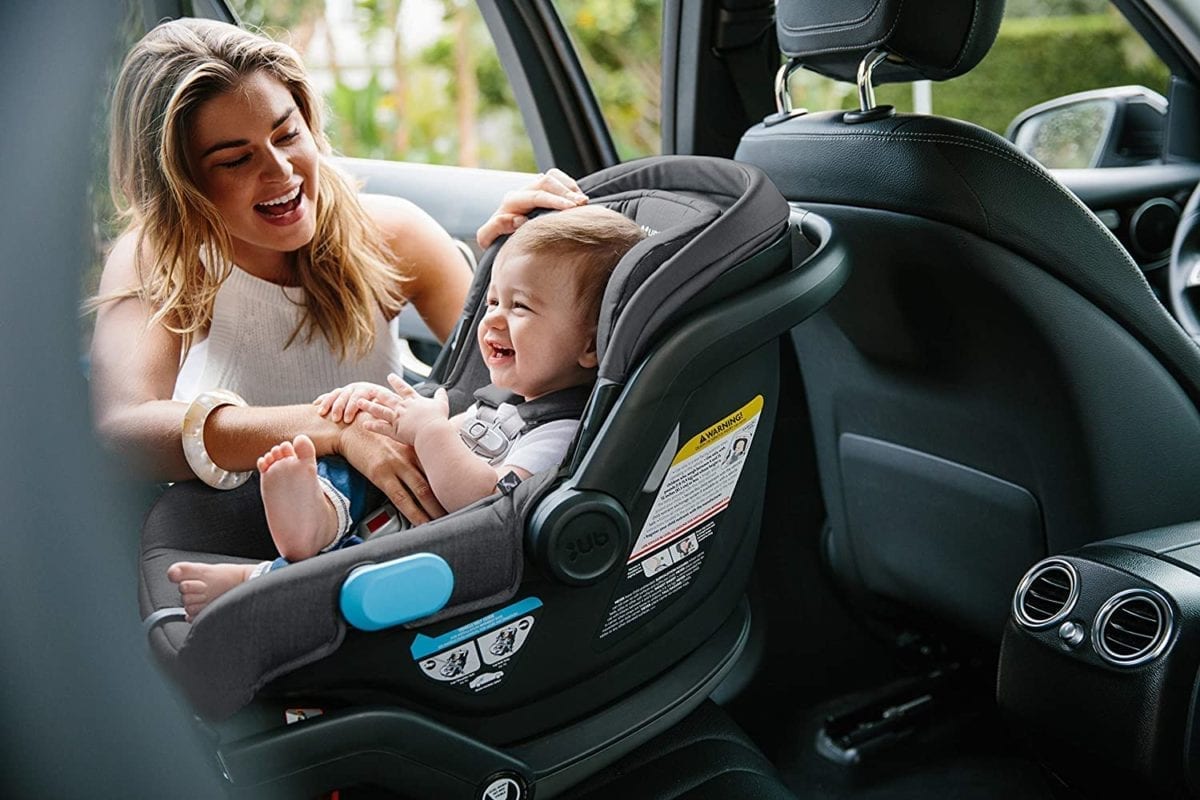
Source: baby-logic.com
Car seats are designed with weight and height limits set by the manufacturer to ensure optimal protection for children of varying sizes. Adhering to these limits is crucial for their safety. As your child grows and surpasses the limits of their current model, it becomes imperative to transition them to the next appropriate type of car booster. For instance, when a child outgrows their rear-facing infant seat, it’s time to make the switch to a rear-facing convertible seat, which accommodates their increased size and provides continued safety during car journeys.
Technology Advancements: Is It Time for an Upgrade?
Advancements in technology happen constantly, leading to improved safety features and enhanced protection for children. If your child’s car seat is several years old, it’s worth researching the latest models to see if there have been significant advancements since your purchase. Newer models may offer improved side-impact protection, better energy absorption, or easier installation methods. If you find that newer models provide substantial safety upgrades, it might be time to consider replacing your child’s seat.
Recalls and Safety Concerns: Checking for Current Information
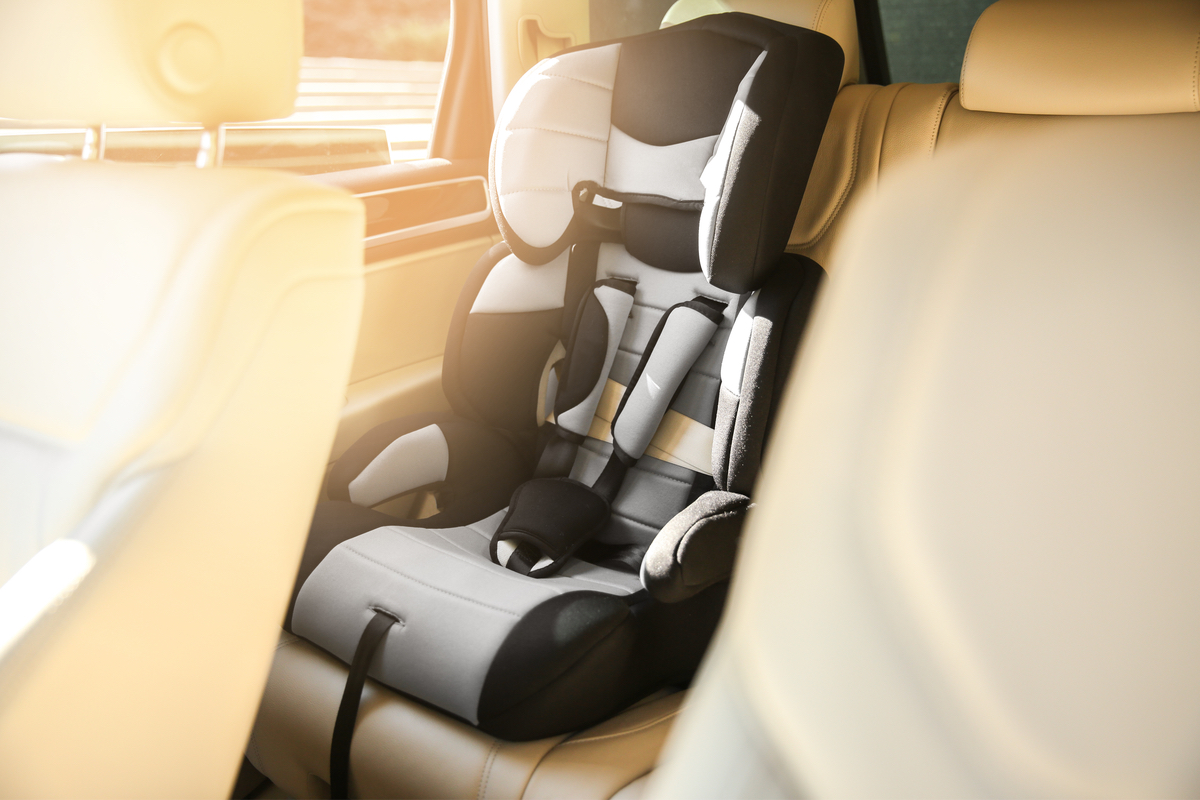
Source: akdlawyers.com
Manufacturers occasionally issue recalls due to safety concerns or defects discovered in their products. It’s crucial to stay informed about any recalls that affect your child’s car seat. Visit the manufacturer’s website or the National Highway Traffic Safety Administration’s (NHTSA) website to check for any recalls or safety notices. If your child’s car seat is affected, follow the manufacturer’s instructions for addressing the issue.
Extended Rear-Facing: When to Transition to Forward-Facing Seats
The American Academy of Pediatrics (AAP) emphasizes the importance of extended rear-facing for children. It is recommended to keep children in rear-facing car seats for as long as possible, ideally until they reach the maximum height and weight limits specified by the manufacturer. Rear-facing models offer superior support for the head, neck, and spine, significantly reducing the risk of injury in the event of a collision. Once your child surpasses the rear-facing limits, it’s time to transition to a forward-facing seat with a harness, which provides continued protection and ensures their safety on car journeys.
Importance of Proper Installation: Ensuring Maximum Safety and Lifespan
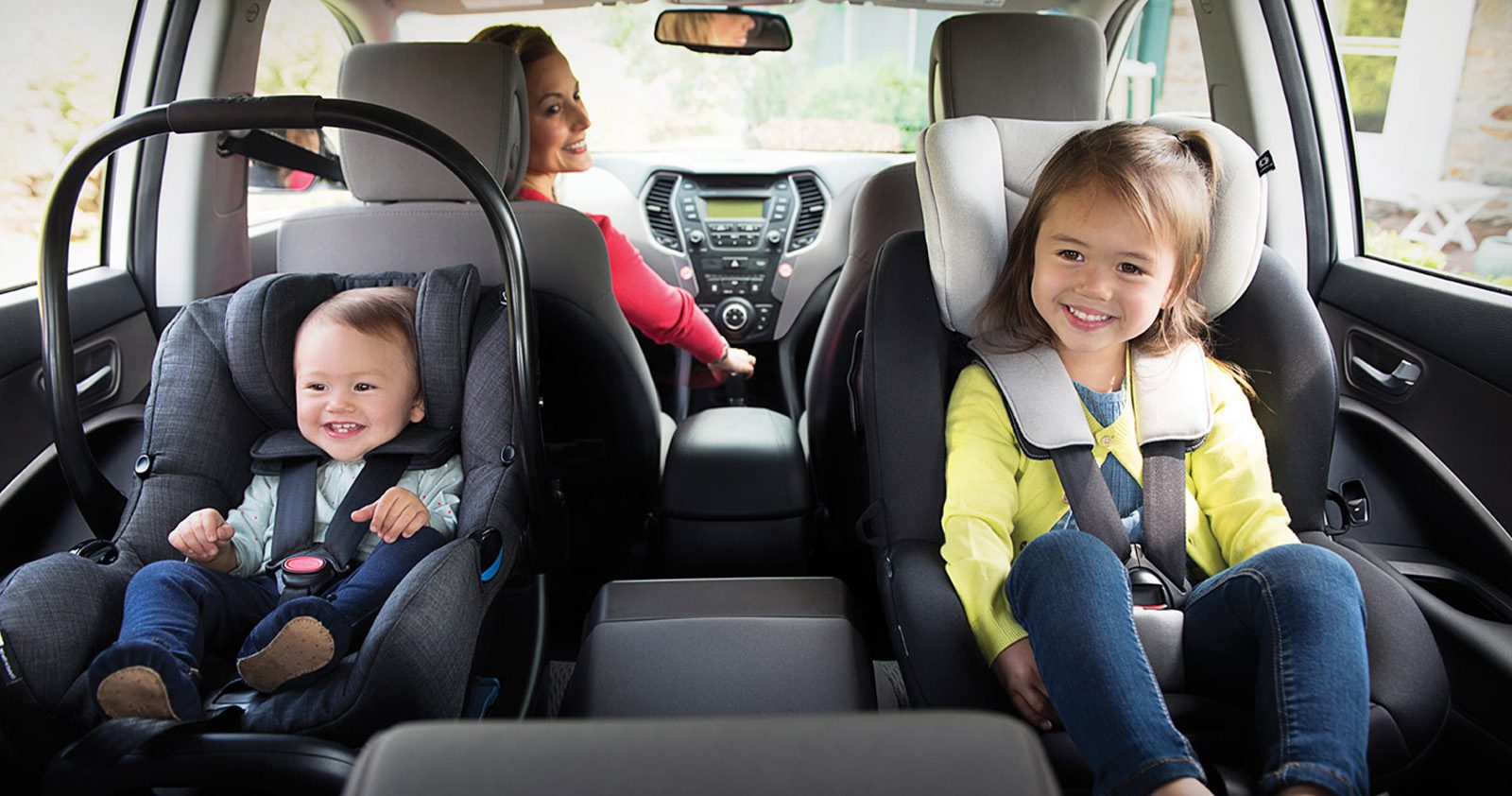
Source: goodcarbadcar.net
Proper installation plays a pivotal role in ensuring the maximum safety and lifespan of your child’s car seat. It is essential to thoroughly read the instruction manual and diligently follow the manufacturer’s guidelines. Securely install the booster in your vehicle, making sure the harness is adjusted correctly to provide a snug fit for your child. Regularly inspect and adjust the installation as needed to maintain its effectiveness and keep your little one safe during every car ride. By prioritizing proper installation, you provide an added layer of protection and enhance the overall performance and longevity of the car seat.
Donating and Disposing of Expired Car Seats: Best Practices and Options
When your child’s car seat reaches its expiration date or if it has been involved in a moderate to severe crash, it’s essential to retire it from use. Proper disposal of car seats is crucial to prevent their reuse by others, as expired or damaged units may not provide adequate protection. Some recycling programs and organizations accept expired car seats, ensuring they are properly disposed of or recycled. Additionally, you can consider donating the seat if it is still within its expiration date and in good condition but always check with the donation center to ensure they accept used car seats.
Conclusion
Car seat safety should always be a top priority for parents, and knowing when to retire and replace your child’s car seat is an important step in keeping them safe. We hope this article has provided you with the information you need to make sure that your child is riding around securely. If you have any questions about car seat lifespans or other related topics, please don’t hesitate to contact us so that we can help ensure your little one is getting the best protection possible while traveling in the car!

